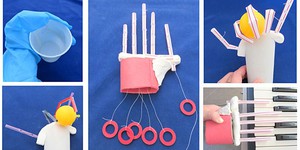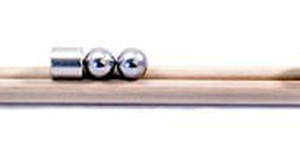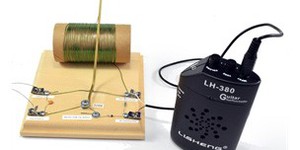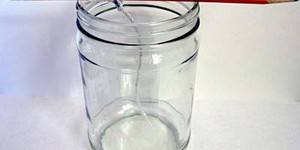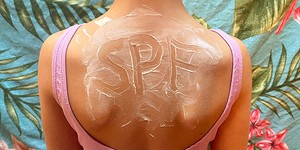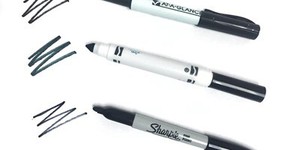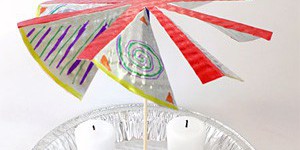Fifth Grade Science Projects (578 results)
|
Select a resource
Coding Projects
Sort by
|
Imagine how cool it would be to build a robot hand that could grasp a ball or pick up a toy. In this
robotics engineering project, you will learn how to use drinking straws, sewing thread, and a little
glue to make a remarkably lifelike and useful robot hand. What will you design your robot hand to do?
Pick up a can? Move around a ping pong ball? It is up to you! With these starting instructions, you can
design any type of hand. You will simulate human finger anatomy as the basis for a…
Read more
Quick, what is your favorite color of M&Ms® candy? Do you want to know what dyes were used to make that color? Check out this science project to find out how you can do some scientific detective work to find out for yourself.
Read more
In this engineering challenge, you will build a device that can pick up a ping pong ball from a distance and return it to a start line. The farther away the ball is, and the fewer materials you use to build your device, the higher your score.
You can see how other students have tackled this and other annual Science Buddies Engineering Challenges.
Read more
What can you do with magnets and ball bearings that makes a lot of noise? Why, build a magnetic linear accelerator, called a Gauss rifle, of course! Now, this magnetic accelerator is not a weapon, but a way for you to learn a lot more about physics concepts, like momentum. In this physics science project, you will investigate how far a ball bearing launched by a Gauss rifle will fly, depending on how many magnetic acceleration stages are in the setup and the ball bearing's initial velocity.…
Read more
Have you ever wondered how a radio can grab signals that are transmitted through the air and convert them into sound? In this science project, you will build your own AM radio receiver from scratch and use it to listen to AM radio broadcasts. With your crystal radio you will be able to experiment with the circuit and the antenna to get the best reception.
Read more
Crystals come in all different shapes and sizes. However, the purest and cleanest crystals are usually also the ones that grow to be the largest in size. In this science fair project, you will compare the size and shape of crystals grown in three different temperature conditions: room temperature, in the refrigerator, and in an ice bath. With just water and borax, a household cleaning product, you can discover the best recrystallization method for growing large, pure crystals.
Read more
What should you NOT forget when going outside on a sunny day? To put sunscreen on! Sunscreen is important because it protects your skin from sunburn. But there are so many sunscreens to choose from: different methods of application (sprays and lotions), different Sun Protection Factors (SPFs), and different ingredients. Which one is best? In this science project, you will test the effectiveness of different sunscreens and find out how water-soluble they are.
Read more
Have you ever looked at sunlight through a prism? If so, you know that the prism can separate the sunlight into many different colors of light — a rainbow. Like sunlight, chemical mixtures can also be broken into their component parts. One way of doing this is a simple technique called paper chromatography. What do you think you will see if you use paper chromatography to look at the components of black ink? Is black ink just black? Find out for yourself!
Read more
Build model bridges and then deliberately destroy them? Who'd be crazy enough to try that?
Read more
Have you ever ridden on a carousel, or a merry-go-round, at an amusement park? On a carousel, you usually get to take a seat on a wooden horse or other animal that spins around and around as the carousel is turned on and powered by electricity. Another smaller type of carousel that people can have in their homes is a candle carousel, which is powered by heat from candles. In this science project, you will get to make your own candle carousel and investigate how the spinning speed of the…
Read more
|

